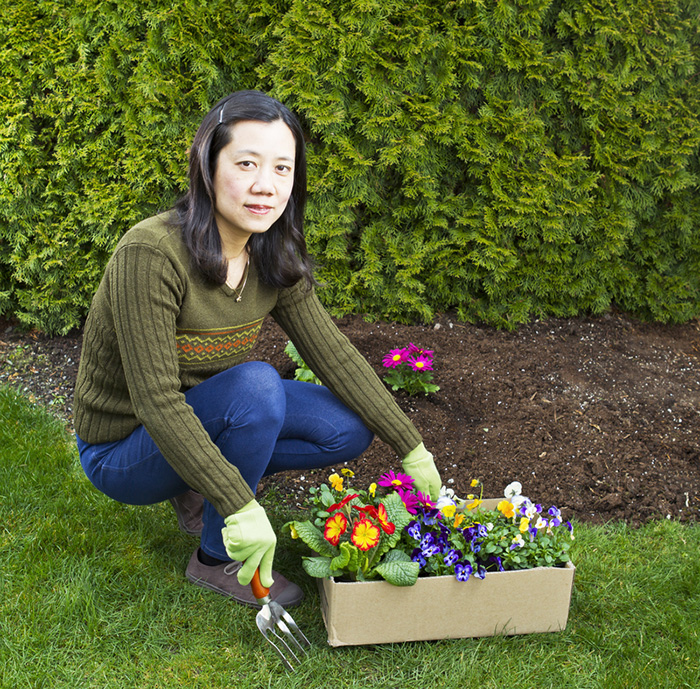Gardening is a fun and productive hobby that can ensure that your family eats healthy, homegrown fruits and vegetables year round. Many people find starting a garden intimidating, but it doesn’t have to be. If you take the time learn what plants grow best where you live, and prepare your soil well, Mother Nature will do the rest.

Here are some great tips about how to make good gardening soil:
Getting Started
The first thing you need to do is choose a location for your garden. You need a spot that gets at least 6-8 hours of direct exposure to sunlight a day in order for your plants to thrive. When choosing a location, make sure you take into account obstacles that my block sunlight, such as buildings, trees and shrubs.
Preparing the Soil – Key to your Gardening Success
After you have chosen a location for your garden, you will need to prepare the soil. You need to turn over, either with a shovel or rototiller, about 3-4″ of soil. Break up clumps of soil by hand, removing the grass and weeds and saving them for your compost pile. Be thorough with this, as grass and weeds are both very hardy, and will quickly regenerate if you put them back into your garden.
After you have turned over the dirt and removed the grass and weeds, you will now be digging further down. In order to get really good growing soil, you need to dig down about 12-18″, removing the dirt and placing it alongside the plot of land that you’ve chosen for your garden.
The next step is to put a good, organic material down on the exposed dirt. If you have been composting for a while and have a good bed going, you can use your own material. If you are just starting out, your local home and garden store should have organic compost material available. Spread a good, thick layer of compost on your garden plot, keeping in mind that your bed will be above ground level when you finish.
Once you have the compost spread, take the dirt that you removed (which should be still piled up next to the garden) and mix it back in with the compost, creating a rich, fertile growing environment. Use a gardening rake to make sure that you thoroughly incorporate the soil into the compost, breaking up clumps and removing any foreign material such as rocks, roots, wood chips, etc.
Once you’ve done the above, and spread your soil out evenly, you should have a nice, well-draining plot of land for your garden. Drainage is important. If water cannot drain properly, you will end up with rotting roots, which will then kill all of your plants.
Soil Consistency
The consistency of your soil is very important. If your soil is too sandy, your plants will have a difficult time establishing a root system, and water will run off too quickly, meaning that the plants cannot absorb what they need. If your soil has too much clay in it, roots will still have difficult time establishing a firm hold, as they will not be able to push through the soil. Water will run off very quickly as well, because the soil is too thick to absorb it.
To test your soil, pick up a handful and squeeze it. If it refuses to hold it’s shape, you have sandy soil. If it sticks together in a hard ball, there is too much clay in it. Good growing soil will be moist and crumbly, with a loose shape that holds when squeezed and then releases easily.
If your soil is too dry, adding peat moss will help to provide moisture and nutrients. Peat moss is readily available at your local home and garden store. And if you are not sure what kind of soil you have, or how to fix it so that you have an optimum growing environment for your plants, take a sample to either your local home and garden store or to your county extension office. They can not only tell you what kind of soil you have, but also advise you on what you need to do to it so that your plants grow well.
Conclusion
Gardening is a rewarding hobby that doesn’t have to be overwhelming. With a little bit of research and careful planning, your family can enjoy the benefits of growing their own foods and enjoying them year round, as well as enjoying an activity that even the littlest ones can do with Mom and Dad.
